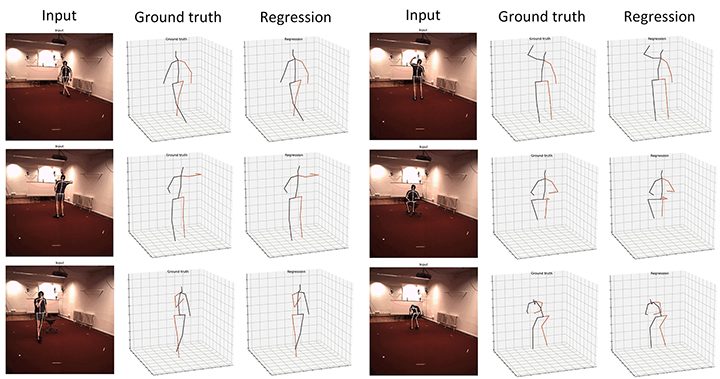A Comprehensive Study of Weight Sharing in Graph Networks for 3D Human Pose Estimation
August 23rd, 2020
Categories: Applications, Software, Deep Learning, Machine Learning, Data Science, Artificial Intelligence

Authors
Liu, K., Ding, R., Zou, Z., Wang, L., Tang, W.About
Graph convolutional networks (GCNs) have been applied to 3D human pose estimation (HPE) from 2D body joint detections and have shown encouraging performance. One limitation of the vanilla graph convolution is that it models the relationships between neighboring nodes via a shared weight matrix. This is suboptimal for articulated body modeling as the relations between different body joints are different. The objective of this paper is to have a comprehensive and systematic study of weight sharing in GCNs for 3D HPE. We first show there are two different ways to interpret a GCN depending on whether feature transformation occurs before or after feature aggregation. These two interpretations lead to five different weight sharing methods and three more variants can be derived by decoupling the self-connections with other edges. We conduct extensive ablation study on these weight sharing methods under controlled settings and obtain new conclusions that will benefit the community.
Resources
URL
Citation
Liu, K., Ding, R., Zou, Z., Wang, L., Tang, W., A Comprehensive Study of Weight Sharing in Graph Networks for 3D Human Pose Estimation, European Conference on Computer Vision (ECCV’20), Glasgow, Scotland, UK, August 23rd, 2020. https://www.ecva.net/papers/eccv_2020/papers_ECCV/papers/123550324.pdf